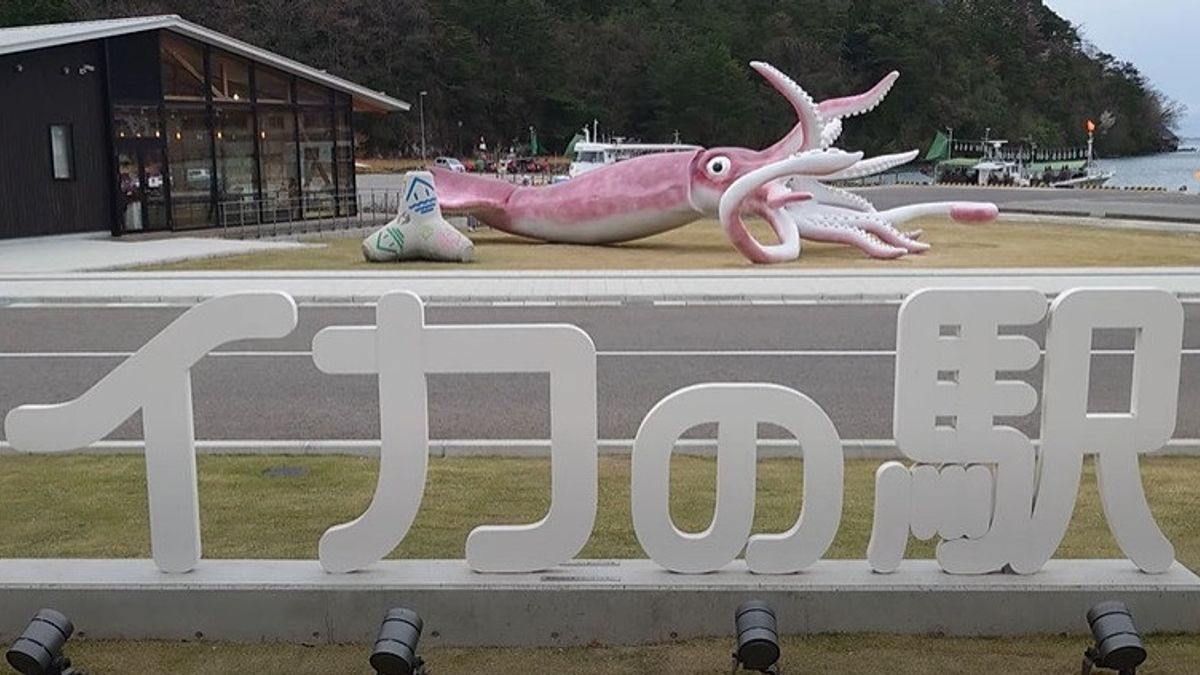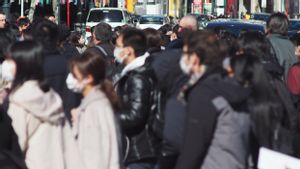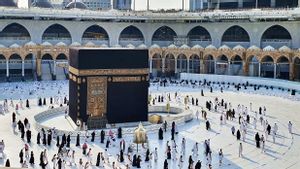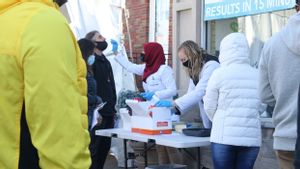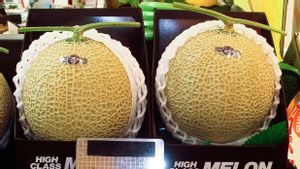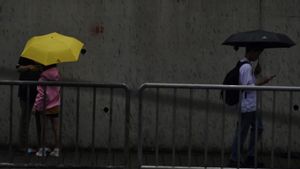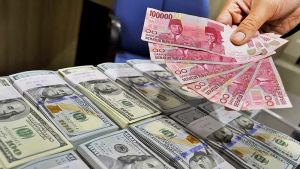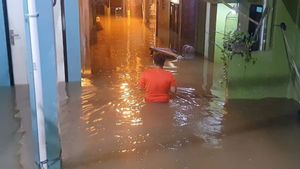JAKARTA - A city on the western coast of Japan has drawn criticism and anger on social media. The base is that the city is using COVID-19 relief funds to build statues. He argued, increasing the city's tourism sector.
Is the city of Noto in Ishikawa Prefecture in the Chubu region, Honshu Island which received the assistance of 800 million yen or about 7.31 million US dollars.
The funds are a grant from the Japanese Government, as part of an aid program aimed at boosting the local economy, amid the COVID-19 pandemic, according to domestic media.
The grant program is known to be part of a US $ 780 billion stimulus package, which the cabinet approved in December 2020 to help recover from an economy that has slumped due to the pandemic.
Of the amount of COVID-19 assistance he received, Noto used 25 million yen to cover the cost of building the four-meter tall and nine-meter-long squid statue.
Local media reported that the total construction cost amounted to around 30 million Japanese yen. This means that development funds that do not utilize COVID-19 funds are only 5 million yen.
"Squid is a local food in Noto and building the statue is part of a long-term strategy to raise awareness about the city's fishing industry and boost tourism," said a local government official, according to domestic media.
Reuters called the Noto Government but the person who answered was not authorized to speak to the press. Meanwhile, Japanese government buildings are closed on Wednesdays for the annual Golden Week holiday.
"The grants are not specifically allocated for expenses related to the care of coronavirus patients. And Ishikawa Prefecture's infection rate is lower compared to other parts of Japan," criticized one local media.
SEE ALSO:
A number of residents who objected to this also voiced criticism via Twitter. They question whether the funds should be used for other purposes.
"No matter how you look at it, this is wrong. They have to return the money," said one Twitter user.
Construction of the animal statue, which includes a pink cephalopod, began in October 2020. Then the finished statue was finally moved to his current home in March this year, local media reported.
The English, Chinese, Japanese, Arabic, and French versions are automatically generated by the AI. So there may still be inaccuracies in translating, please always see Indonesian as our main language. (system supported by DigitalSiber.id)
